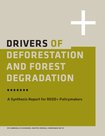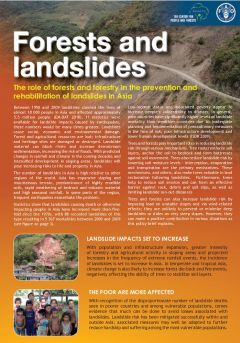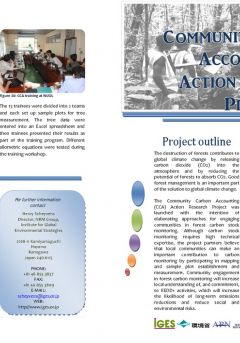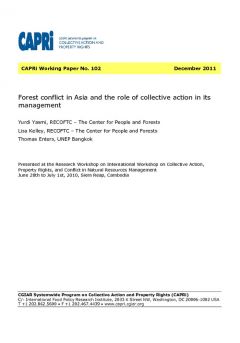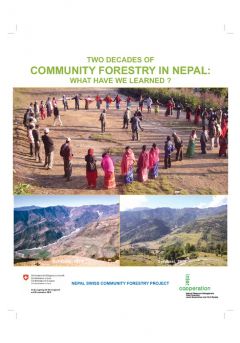Drivers of Deforestation and Forest Degradation
The Government of the UK and Norway have supported the production of an independent report to help inform the decision-making process on reducing emissions from deforestation and forest degradation (REDD+) at the upcoming United Nations climate change negotiations in Doha in December 2012.

